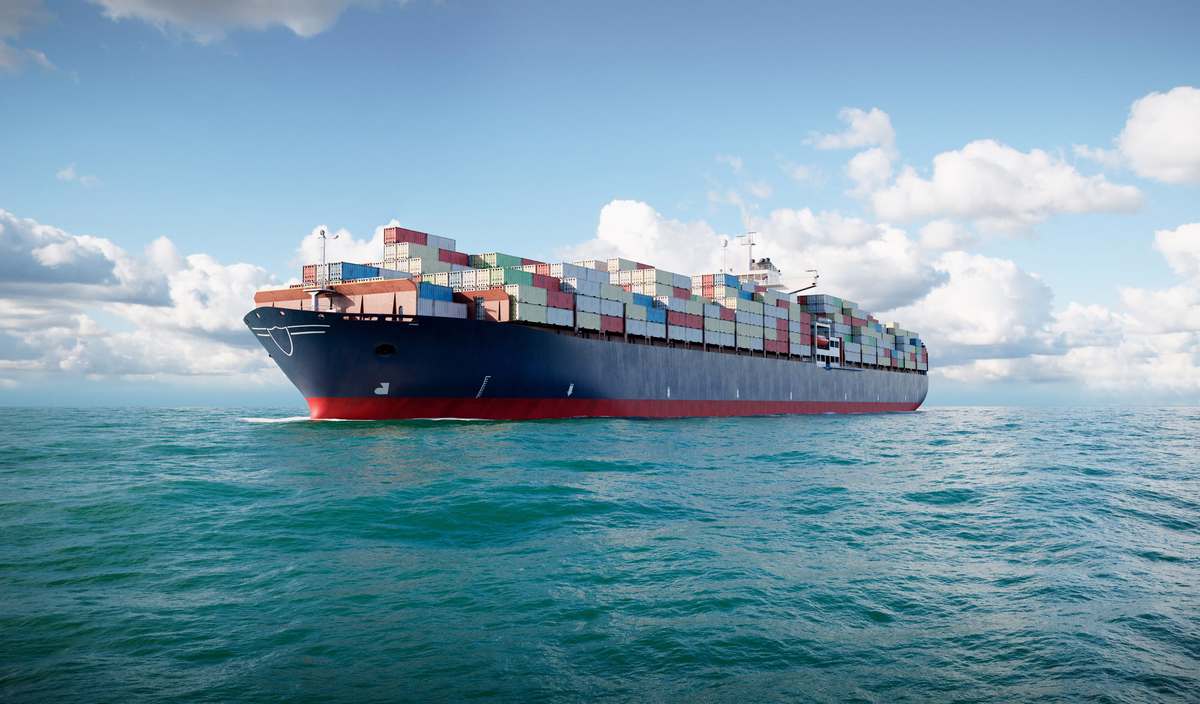Sustainability criteria limits existing biofuels supply, but builds trust - DNV's Ovrum
The Renewable Energy Directive (RED II) will ensure better adoption of marine biofuels in the long run, says DNV's principal consultant in maritime environmental technology Eirik Ovrum.
 PHOTO: Container ship sailing at sea. Getty Images
PHOTO: Container ship sailing at sea. Getty Images
Ovrum refers to the EU’s RED II, which sets out to prevent biofuel-associated indirect land-use change (ILUC). This has, in turn, sparked debates on potential constraints in biofuel availability.
Speaking to ENGINE, Ovrum says, “It will hold back adoption right now, such that we won’t use a lot of agricultural land to produce the biofuel. However, it could help promote certainty that these biofuels are sustainable and subscribe to RED II norms.”
The directive sets out rules for the types of biofuel feedstocks that should be used as EU member states can count them towards national targets. But it also places limits on use of certain food crops as biofuel feedstock, and this can contribute to hold back large-scale production of biofuels.
Ovrum, a lead author of DNV's recent 'Biofuels in Shipping' white paper, agreed that short-term pain points are inevitable. “The ILUC will impact the existing supply of biofuels today. Not all of them may be able to meet the strict requirements under RED II.”
ILUC has been in the spotlight for a while now. In 2019, the EU rolled out a new method to tackle emissions from biofuel-associated ILUC. Through RED II, it set national limits for “high ILUC-risk biofuels” that will gradually come down to zero by 2030.
High ILUC-risk biofuels are typically produced from food or feed crops on lands where rainforests and other big trees have been felled to make way for farming. These trees are very good at absorbing CO2 from the atmosphere and hold a lot of carbon, and felling them will increase CO2 concentration in the atmosphere and contribute towards global warming.
This is particularly true for cultivators of palm oil and soy, which have been categorised as high ILUC-risk biofuel feedstocks because if their indirect threats to rainforests. In turn, this has given rise to a slew of protests from farmers’ groups.
In 2021, the Brazilian Association of Vegetable Oil Industries (Abiove) contested the Brazilian government’s decision to reverse a measure that maintained a minimum biofuel content in diesel at 10%.
So, we have the EU and environmental organisations on the one hand, seeking to limit ILUC with restrictions on use of some biofuel feedstocks, and the farmers’ lobbies on the other. Their disagreements have led to a fuel vs food debate, in which EU and the NGOs have argued that biofuel feedstocks from food crops can lead to both deforestation and, inadvertently, higher food costs.
Farmers’ organisations like Abiove have played down this criticism by saying that soy plantations, for example, have only occupied 1.3% of the Amazon biome. It’s not quite clear how Abiove got to this number, and it’s hard to verify this independently. But the Bureau of Investigative Journalism has found that over 1,000 sq km of the Amazon rainforest has been cut down to produce soy over the past decade.
To counter deforestation and food price inflation, the EU even set limitations on high ILUC-risk biofuels by safeguarding high-carbon stock land areas for agricultural use. However, there was a small catch. The EU acknowledged that these limitations would affect availability of bio-feedstocks for biofuels production.
In RED II, biofuels were therefore a double-edged sword. Essentially, it aimed to create an end-to-end circular system to promote waste- and residue-based biofuels. The RED II framework has promoted fuels made from raw materials like agricultural and forest residue, biomass and waste. However, this came with consequences.
Caught in a quandary over the uncertainty surrounding biofuels, the European Commission released an in-depth study called the Globiom report. The report recommended a policy u-turn away from first-generation food-based biofuels.
The report found that second-generation, or advanced, biofuels have fewer adverse environmental effects than first-generation biofuels.
“If we do not make a choice and keep stimulating both first-generation and advanced biofuels, first generation will continue carrying the day, with…consequences for transport emissions, not to mention land use/biodiversity and food issues,” the report revealed.
There have been disagreements over which biofuels should be used as fuels by ships, vehicles and planes. The overarching goal of RED II is to reduce greenhouse gas (GHG) emissions. Overall biofuels supply would increase if more feedstock types counted as sustainable, and these biofuels would replace fossil fuels to reduce direct emissions. But indirectly, and often inadvertently, growing food crops like palm oil and soy for fuel production could trigger more, not less, emissions.
DNV’s Ovrum says that while biofuel supply can be restricted by strict sustainability criteria in the short-term, an environmentally sound categorisation system will on the whole benefit biofuels.
“Currently, there is a prevalent attitude of uncertainty on whether biofuels are really good for the environment. Though the directive will limit the land area we can use for biofuel production, it will help boost green confidence and build more trust in biofuels.”
By Manjula Nair and Erik Hoffmann
Please get in touch with comments or additional info to news@engine.online






